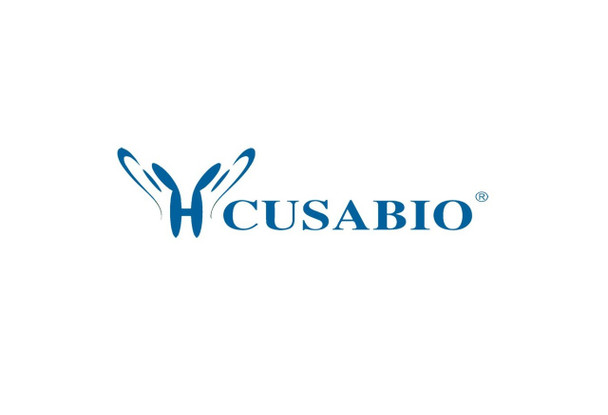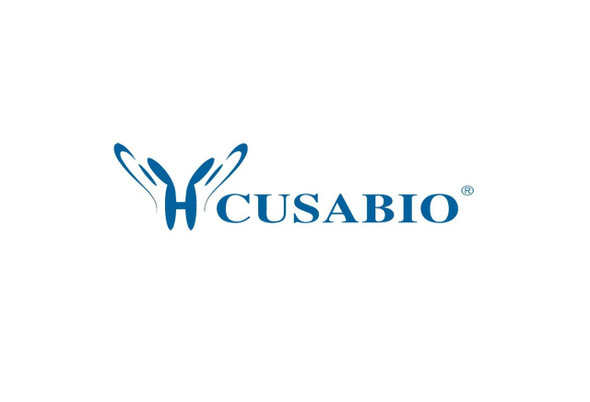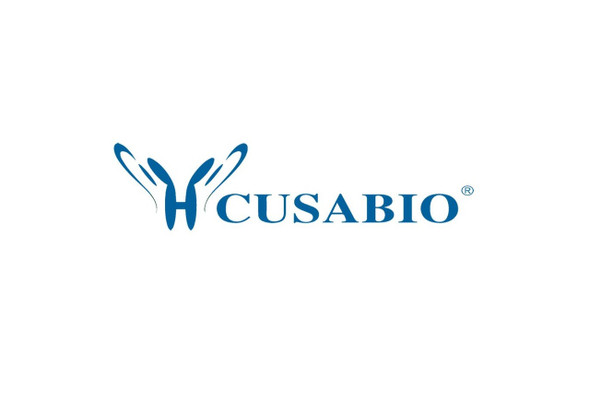Cusabio Human Recombinants
Recombinant Human Interferon-induced transmembrane protein 1 (IFITM1) , partial | CSB-EP011024HU1
- SKU:
- CSB-EP011024HU1
- Availability:
- 3 - 7 Working Days
Description
Recombinant Human Interferon-induced transmembrane protein 1 (IFITM1) , partial | CSB-EP011024HU1 | Cusabio
Alternative Name(s): Dispanin subfamily A member 2a ;DSPA2aInterferon-induced protein 17Interferon-inducible protein 9-27Leu-13 antigen; CD225
Gene Names: IFITM1
Research Areas: Immunology
Organism: Homo sapiens (Human)
AA Sequence: MHKEEHEVAVLGPPPSTILPRSTVINIHSETSVPDH
Source: E.coli
Tag Info: N-terminal GST-tagged
Expression Region: 1-36AA
Sequence Info: Partial
MW: 31 kDa
Purity: Greater than 90% as determined by SDS-PAGE.
Relevance: IFN-induced antiviral protein which inhibits the entry of viruses to the host cell cytoplasm, permitting endocytosis, but preventing subsequent viral fusion and release of viral contents into the cytosol. Active against multiple viruses, including influenza A virus, SARS coronavirus (SARS-CoV), Marburg virus (MARV), Ebola virus (EBOV), Dengue virus (DNV), West Nile virus (WNV), human immunodeficiency virus type 1 (HIV-1) and hepatitis C virus (HCV). Can inhibit: influenza virus hagglutinin protein-mediated viral entry, MARV and EBOV GP1,2-mediated viral entry and SARS-CoV S protein-mediated viral entry. Also implicated in cell adhesion and control of cell growth and migration. Plays a key role in the antiproliferative action of IFN-gamma either by inhibiting the ERK activation or by arresting cell growth in G1 phase in a p53-dependent manner. Acts as a positive regulator of osteoblast differentiation
Reference: A single DNA response element can confer inducibility by both alpha- and gamma-interferons.Reid L.E., Brasnett A.H., Gilbert C.S., Porter A.C.G., Gewert D.R., Stark G.R., Kerr I.M.Proc. Natl. Acad. Sci. U.S.A. 86:840-844(1989)
Storage: The shelf life is related to many factors, storage state, buffer ingredients, storage temperature and the stability of the protein itself. Generally, the shelf life of liquid form is 6 months at -20?/-80?. The shelf life of lyophilized form is 12 months at -20?/-80?.
Notes: Repeated freezing and thawing is not recommended. Store working aliquots at 4? for up to one week.
Function: IFN-induced antiviral protein which inhibits the entry of viruses to the host cell cytoplasm, permitting endocytosis, but preventing subsequent viral fusion and release of viral contents into the cytosol. Active against multiple viruses, including influenza A virus, SARS coronavirus (SARS-CoV), Marburg virus (MARV), Ebola virus (EBOV), Dengue virus (DNV), West Nile virus (WNV), human immunodeficiency virus type 1 (HIV-1) and hepatitis C virus (HCV). Can inhibit
Involvement in disease:
Subcellular Location: Cell membrane, Single-pass membrane protein
Protein Families: CD225/Dispanin family
Tissue Specificity: Bone (at protein level). Levels greatly elevated in colon cancer, cervical cancer, esophageal cancer and ovarian cancer. Expressed in glioma cell lines.
Paythway: Bcellreceptorsignalingpathway
Form: Liquid or Lyophilized powder
Buffer: If the delivery form is liquid, the default storage buffer is Tris/PBS-based buffer, 5%-50% glycerol. If the delivery form is lyophilized powder, the buffer before lyophilization is Tris/PBS-based buffer, 6% Trehalose, pH 8.0.
Reconstitution: We recommend that this vial be briefly centrifuged prior to opening to bring the contents to the bottom. Please reconstitute protein in deionized sterile water to a concentration of 0.1-1.0 mg/mL.We recommend to add 5-50% of glycerol (final concentration) and aliquot for long-term storage at -20?/-80?. Our default final concentration of glycerol is 50%. Customers could use it as reference.
Uniprot ID: P13164
HGNC Database Link: HGNC
UniGene Database Link: UniGene
KEGG Database Link: KEGG
STRING Database Link: STRING
OMIM Database Link: OMIM






